Flashlights for construction workers are absolutely vital for emergency site evacuations, providing essential illumination and safety during events like natural disasters or structural failures. These specialized lights must be durable, have long-lasting battery life, and offer clear beams to navigate complex layouts, reveal hazards, and ensure visibility. They should be waterproof, dust-resistant, and impact-resistant, adhering to NEMA or IP standards for reliability in harsh conditions. Regular maintenance, including cleaning after each use, checking seals, and proper battery management, is crucial for their performance under stress. By incorporating these lights into safety protocols and training programs, construction workers can effectively enhance situational awareness and response times during emergencies. This commitment to maintaining flashlights in optimal condition is key to reducing risks and ensuring that when evacuations occur, construction workers have the reliable lighting necessary to stay safe and informed.
In the event of an emergency at a construction site, swift and safe evacuation is paramount. This article sheds light on the critical role tactical lights play in ensuring the safety and efficiency of such evacuations. We will explore their significance, key features to consider when selecting flashlights for construction workers, real-world case studies highlighting their effectiveness, top models suited for construction environments, the importance of training and protocols for their use, and maintenance practices that extend their service life. Understanding the importance of reliable lighting can be the difference between orderly and chaotic evacuations, making this topic an essential read for anyone in the construction industry concerned with occupational safety and emergency preparedness.
- Understanding the Importance of Reliable Lighting in Construction Site Evacuations
- The Role of Tactical Lights in Ensuring Safety During Emergencies
- Key Features to Look for in Flashlights for Construction Workers
- Case Studies: How Tactical Lights Facilitated Safe Evacuations in Construction Settings
- Best Tactical Light Models for Construction Environments
- Training and Protocols for Effective Use of Tactical Lights During Emergencies
- Maintenance and Care for Tactical Lights to Ensure Long-Term Reliability
Understanding the Importance of Reliable Lighting in Construction Site Evacuations
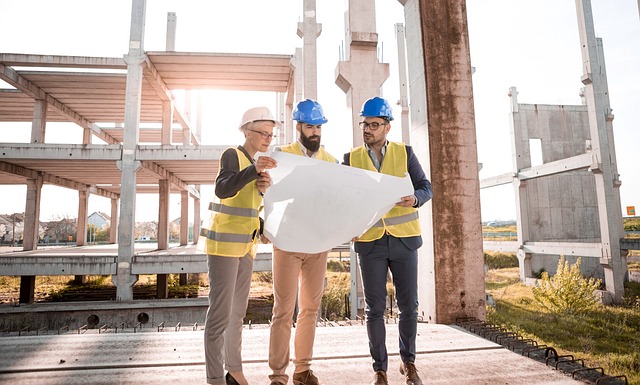
During emergency site evacuations, reliable lighting is a critical component for the safety and efficiency of construction workers. In the event of an evacuation, whether due to natural disasters, structural compromises, or other hazardous situations, flashlights for construction workers become indispensable tools. They not only guide individuals through potentially dark and perilous environments but also assist in avoiding obstacles and navigating complex layouts that are common on construction sites. The importance of these lights cannot be overstated; they illuminate pathways, highlight potential hazards, and provide a level of visibility necessary for a swift and orderly evacuation. In selecting flashlights for construction workers, durability, battery life, and beam clarity are paramount. These devices should withstand the rigors of a construction environment while providing consistent, high-quality light. Additionally, they must be easily accessible, as in times of crisis, every second counts. Flashlights designed specifically for construction professionals often come with features such as water resistance, impact resistance, and multiple light modes to suit various conditions. By ensuring that each worker has a reliable flashlight, construction site safety plans are significantly bolstered, making evacuations safer and more effective. The right lighting can mean the difference between a well-coordinated response to an emergency and chaos, highlighting the necessity of incorporating robust flashlights into the daily operations of any construction site.
The Role of Tactical Lights in Ensuring Safety During Emergencies

In emergency site evacuations, particularly in construction environments, tactical lights serve as a critical safety tool. These high-intensity flashlights for construction workers are designed to provide focused beams of light that can illuminate even the darkest spaces with clarity and precision. Their robust construction ensures they withstand the rigors of a job site, and their durable design means they can be counted on in stressful situations. Tactical lights are not just about visibility; they also feature high-quality LED technology that offers a long-lasting light source without consuming excessive power. This makes them an essential component of any emergency preparedness kit, as they can operate for extended periods during prolonged evacuations or when power outages occur. The versatility of these lights allows construction workers to navigate safely through evacuation routes, avoiding potential hazards that could be obscured in low-light conditions. Furthermore, their compact size and ergonomic design make them user-friendly, ensuring that each worker can hold the light effectively with one hand while using the other for support or carrying equipment. In essence, tactical lights are an indispensable tool for construction workers during emergencies, offering both a reliable light source and peace of mind in unpredictable situations.
Key Features to Look for in Flashlights for Construction Workers
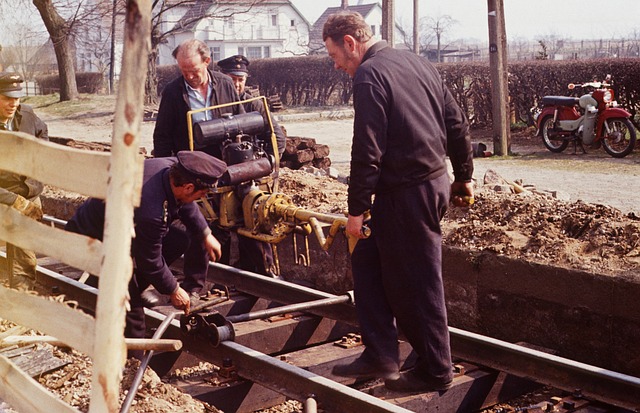
When selecting flashlights for construction workers, particularly for emergency site evacuations, durability and reliability are paramount. These professionals operate in environments where the risk of dropping a light or exposing it to dust and debris is high. Flashlights designed specifically for construction sites should boast robust construction with impact-resistant materials such as aluminum or rubber armor to withstand the rigors of a job site. High-grade LEDs are preferable due to their longevity and brightness, ensuring that workers have a consistent and strong light source when navigating through dark spaces or guiding their way out in an emergency.
Moreover, considering the dynamic nature of construction work, a flashlight’s beam pattern is crucial. A focused beam allows for long-distance visibility, which is essential for checking the perimeter of an evacuation route or identifying hazards. Additionally, some flashlights come with multiple modes, including strobe and SOS signals, which can be lifesaving in emergency situations. Water resistance is also a key feature, as construction sites are often exposed to the elements. A waterproof flashlight can continue to function even when caught in unexpected rain or when used near wet areas like concrete mixing zones or plumbing work. Flashlights For Construction Workers should be designed with these features in mind to provide the highest level of safety and utility on the job.
Case Studies: How Tactical Lights Facilitated Safe Evacuations in Construction Settings
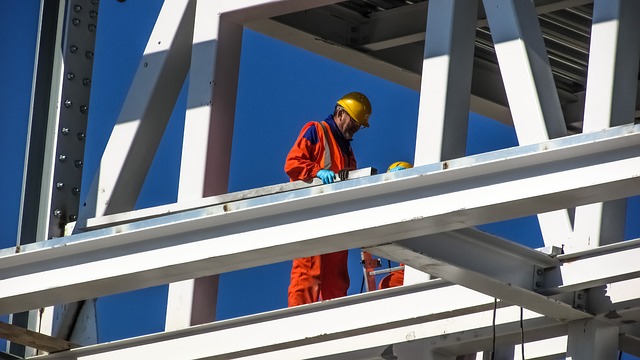
In recent emergencies within construction sites, tactical lights have proven to be invaluable tools for ensuring safe evacuations. A case in point is the collapse of a secondary structure during a major renovation project. The sudden incident led to a partial evacuation, where the tactical lights used by construction workers were instrumental in guiding personnel out of the affected area without injury. The high-intensity beams from these lights provided clear visibility in the otherwise darkened environment, allowing for swift and coordinated movement through the debris-strewn corridors. Another instance occurred during an unforeseen electrical fire at a high-rise construction site. The tactical lights, with their durable design and focused illumination, were critical in directing workers to safety while minimizing the chaos. These events underscore the importance of flashlights for construction workers as part of their safety equipment. Not only do they serve as practical navigational tools during emergencies, but they also enhance situational awareness, enabling workers to respond calmly and effectively when every second counts. The adaptability and effectiveness of tactical lights in various scenarios highlight their critical role in the safety protocols for construction sites. Their inclusion in emergency preparedness plans is a step towards reducing risks and ensuring the well-being of all personnel involved in these high-risk environments.
Best Tactical Light Models for Construction Environments
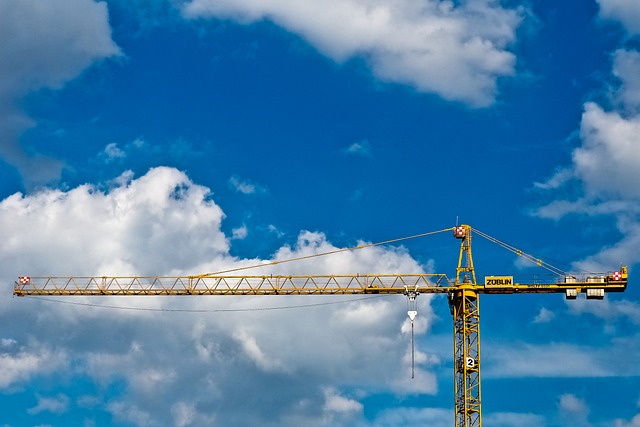
When it comes to ensuring safety in construction environments, particularly during emergency site evacuations, tactical lights serve as indispensable tools for construction workers. The best tactical light models are designed to withstand the demanding conditions often encountered on a construction site, including dust, debris, and the potential for water exposure. Features such as high lumen output, durability, and rugged design are paramount in these environments. Flashlights for construction workers should be compact yet powerful, offering a robust beam that can illuminate dark areas effectively while also providing a clear view of potential hazards. Models that offer variable light settings, including high, medium, and low intensities, allow workers to conserve battery life when full brightness isn’t necessary. Additionally, impact-resistant housing and waterproof construction ensure these tactical lights can endure accidental drops or exposure to the elements, making them a reliable companion in any construction setting. When selecting a tactical light for construction workers, it is crucial to consider models that comply with industry standards, such as those set by the National Electrical Manufacturers Association (NEMA) or Ingress Protection (IP) ratings, to guarantee optimal performance and longevity under challenging conditions.
Training and Protocols for Effective Use of Tactical Lights During Emergencies

In emergency situations, particularly within construction sites where visibility is paramount for safety, tactical lights serve as critical tools for workers to navigate safely and effectively. Training programs specifically tailored for construction workers emphasize the proper use of these lights, ensuring they become a reliable asset during evacuations or when responding to incidents. These training sessions are not merely about handling the flashlights; they encompass comprehensive protocols that include situational awareness, understanding light beam characteristics, and practicing evacuation drills with tactical lights as part of the equipment. This ensures that when an emergency arises, workers are adept at using their flashlights for construction workers to maintain a clear path of egress, signal for help, or illuminate hazardous areas without compromising their own safety or hindering rescue operations.
Moreover, protocols developed in collaboration with safety experts and emergency response teams highlight the importance of consistent lighting strategies during emergencies. These protocols are integrated into regular site drills to reinforce muscle memory and instinctive reactions when under pressure. The use of tactical lights is a pivotal component of these protocols, as they provide high-intensity illumination that can significantly improve visibility in low-light or completely dark conditions. By incorporating tactical lights into the routine operations and training scenarios, construction workers are better prepared to handle emergencies with confidence and efficiency, ultimately reducing the risk of injury or exacerbation of an incident during high-stress situations.
Maintenance and Care for Tactical Lights to Ensure Long-Term Reliability
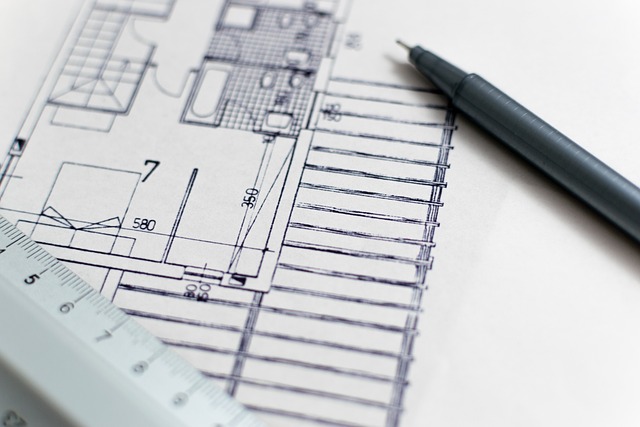
Regular maintenance and careful handling are paramount for ensuring that flashlights designated for construction workers remain a reliable tool, especially during emergency site evacuations. To extend the lifespan of tactical lights, it is crucial to perform routine checks. This includes inspecting the light’s body and lens for any signs of wear or damage after each use. Dust and debris can accumulate over time, potentially affecting performance, so cleaning the exterior with a soft, dry cloth and a mild detergent solution should be a standard procedure. The integrity of the O-rings and seals must be verified regularly to prevent moisture ingress that could cause corrosion or electrical shortages.
Batteries are a critical component for flashlights for construction workers, as they determine the device’s performance under pressure. Users should replace batteries according to the manufacturer’s guidelines or when signs of reduced output are detected. Employing rechargeable batteries and charging them properly will enhance both the light’s efficiency and longevity. Additionally, storing tactical lights in a cool, dry place away from extreme temperatures can prevent battery degradation and ensure that the flashlight is operational when it’s most needed during emergency situations. Proper maintenance not only guarantees optimal visibility but also safeguards against potential hazards that could compromise safety during evacuations.
In conclusion, the integration of tactical lights within emergency evacuation plans for construction sites is a critical investment in worker safety. Their robust design and key features, such as durability, high lumen output, and reliable battery life, make them indispensable tools for construction workers navigating dark and potentially hazardous conditions during an emergency. The case studies provided demonstrate the tangible benefits of using tactical lights, illustrating how they can effectively guide workers to safety and reduce risks. It is imperative that construction sites implement comprehensive training and protocols for the use of these devices, ensuring that each worker knows how to operate their flashlights for construction workers efficiently under pressure. Moreover, maintaining and caring for these lights properly will guarantee their functionality over time. By adhering to these guidelines, construction sites can significantly enhance safety measures, potentially saving lives during unexpected events.
